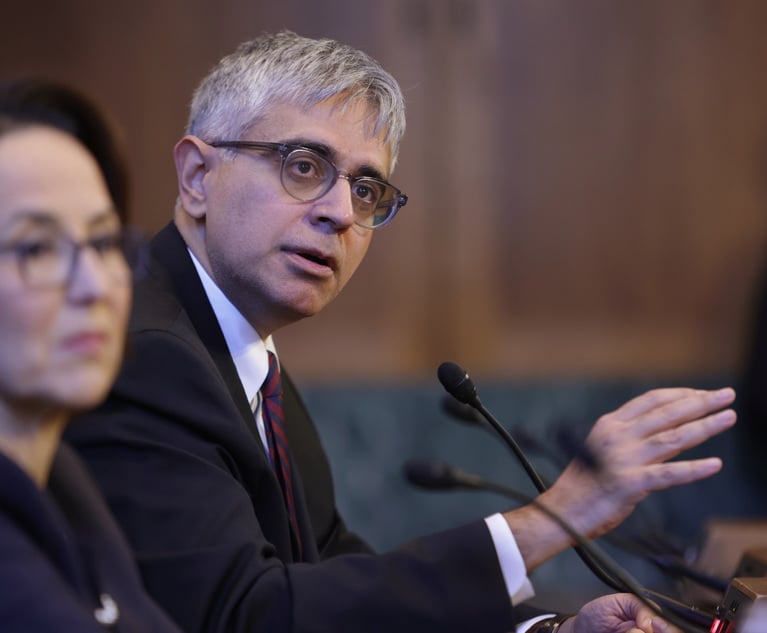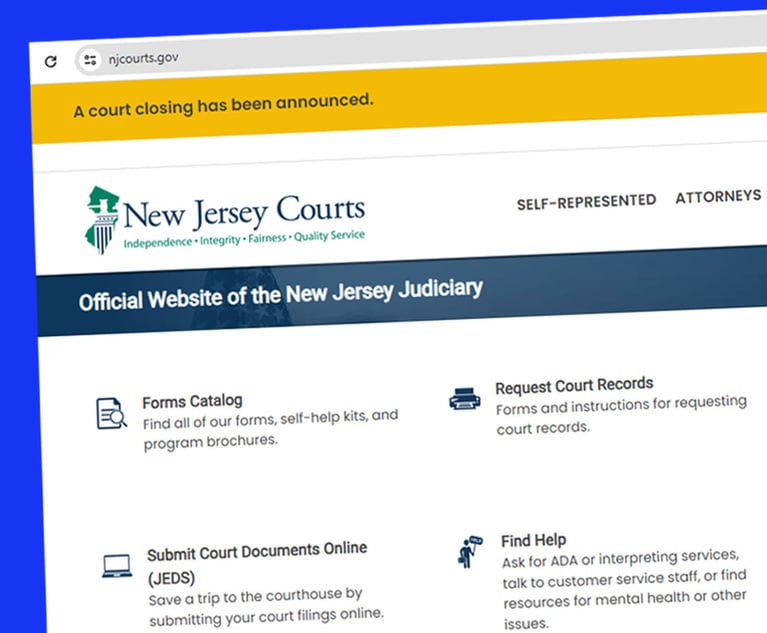We have argued over many years that proceedings in the United States Supreme Court should be televised. Our argument was straightforward and, we think, persuasive. Court proceedings are public. In the twenty-first century, a proceeding is not truly “public” when only a hundred or so people can observe it in person in real time and the rest of us must rely on artists’ renderings of the participants and journalists’ accounts of what was said and done. An after-the-fact report filtered through the lens of another is never the same or as accurate or as objective as seeing it for ourselves.
The passing years, and especially the last two years of the pandemic, have only strengthened our position. First, the New Jersey Supreme Court has been live streaming oral arguments for some time now and we have heard nothing of abuses or interference with the solemnity of the proceedings. Second, since the pandemic forced a pause of in-person proceedings, the U.S. Supreme Court has been broadcasting audio of its arguments and that practice is continuing even now that the justices, counsel and a limited number of press representatives are attending arguments in person. Again, we have heard no reports of the audio broadcasts interfering with the proceedings or of snippets of the audio being taken out of context and leading to reports of the proceedings more misleading than otherwise. In our view, adding video to the broadcasts through live streaming or televising on C-Span or other similar outlets would cause no detriment and instead serve only to enhance the public’s interest and understanding of our judicial process. While we do recognize that there are different considerations involved with the televising of jury trials in particular, we believe those concerns completely inapposite to appellate proceedings. We find it hard to imagine that Supreme Court advocates or justices would behave even at all differently simply because they were on camera. Finally, we think it must be acknowledged that the requirements of the pandemic have made video the expected mode of communication in business, in the legal profession and in society in general. The conference call has been largely replaced by the video meeting. We have video depositions, video trials and video oral arguments in state and federal trial courts across the country. The technology is available, affordable and easy to use. The only missing element is the will to use it. Now, more than ever, we believe that Supreme Court arguments, and all court proceedings, should be open to the public through video streaming or television.


 Bigstock
Bigstock




